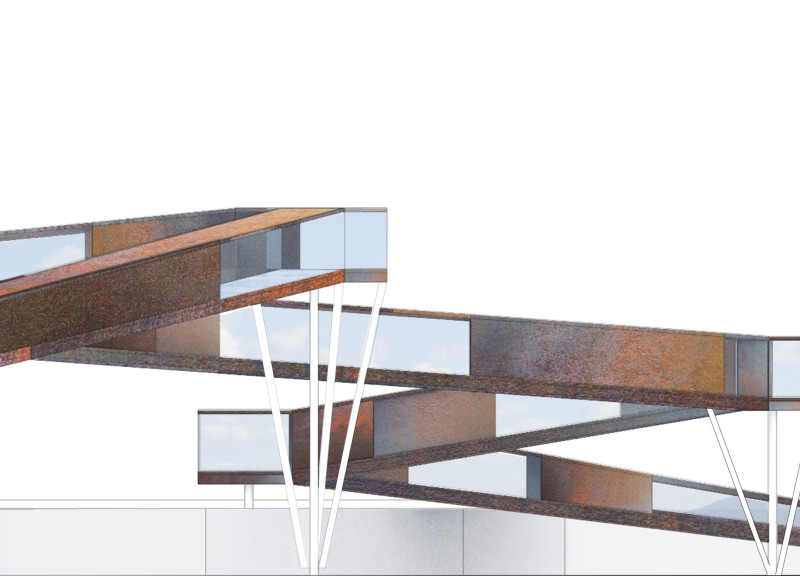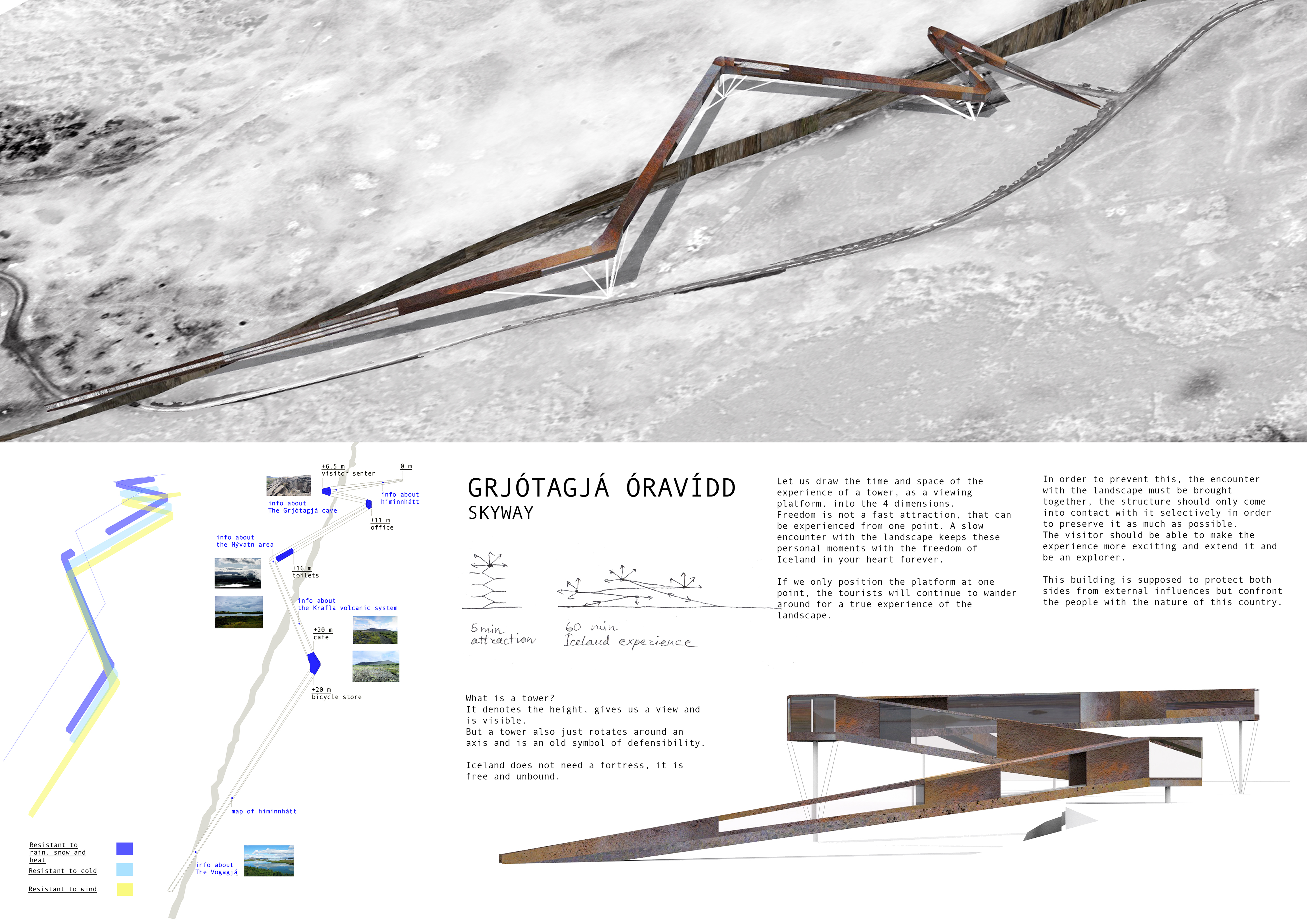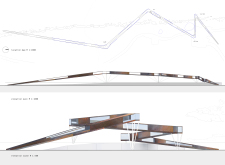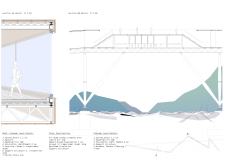5 key facts about this project
The structure itself illustrates a contemporary architectural language characterized by clean lines and an open floor plan, allowing natural light to permeate the interiors. This openness also fosters a sense of community and connection among its occupants, as communal spaces are seamlessly woven into the fabric of everyday living. The extensive use of glass walls not only blurs the boundaries between indoors and outdoors but also optimizes views of the landscape, emphasizing the relationship between the built environment and nature.
One of the most important aspects of the project is its materiality, which plays a crucial role in defining the character and sustainability of the architecture. The primary materials include reinforced concrete, sustainable timber, and high-performance glazing. Reinforced concrete is selected for its durability and ability to provide structural support while allowing for bold design expressions. The incorporation of timber offers warmth and texture, contributing to a more inviting atmosphere. High-performance glazing ensures energy efficiency, reducing heat gain and thus decreasing the need for mechanical cooling systems, aligning with contemporary sustainability standards.
The project also emphasizes outdoor connectivity, with landscaped terraces and gardens integrated into its layout. These areas are designed to enhance the overall living experience, promoting outdoor activities and encouraging social engagement among residents. This emphasis on nature is not merely aesthetic; it also serves as a reminder of the importance of green spaces in urban environments.
Innovative design approaches are evident throughout the project, especially in its commitment to sustainability and energy efficiency. Incorporating renewable energy solutions, such as solar panels, serves as a testament to the project’s forward-thinking principles. These elements work cohesively to reduce the building's carbon footprint while also supporting the occupants’ comfort and wellbeing.
Furthermore, the project includes flexible usage spaces that adapt to the varying needs of its residents. Rooms designed for multipurpose use reflect an understanding of modern living's changing dynamics, acknowledging that spaces must often serve more than one function. This adaptability makes the design relevant in an increasingly diverse and dynamic lifestyle context.
Attention to detail is paramount in this architectural design. From the selection of fixtures and finishes to the layout of rooms, each choice is intentional and thoughtfully executed. The interplay of light and shadow created by overhangs and pergolas adds depth and dimension to the project's facade, providing an ever-changing visual experience throughout the day.
In summary, this architectural design project stands as a testament to modern sensibilities, where practicality meets aesthetic integrity. The careful orchestration of space, materiality, and sustainable practices illustrates a refined understanding of contemporary needs and environmental responsibilities. Readers interested in a deeper exploration of this project are encouraged to review the architectural plans, sections, and designs to gain further insights into the thoughtful ideas that shape this unique building. Through engaging with these elements, one can fully appreciate the nuances and intentions behind the architecture, making it a worthwhile endeavor for anyone invested in the field of architectural design.


























